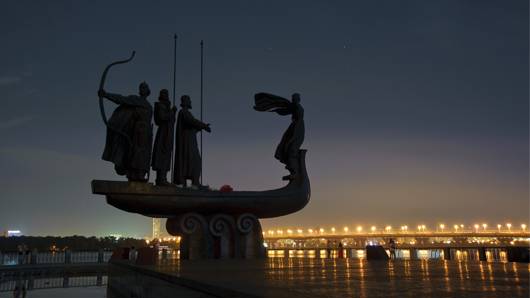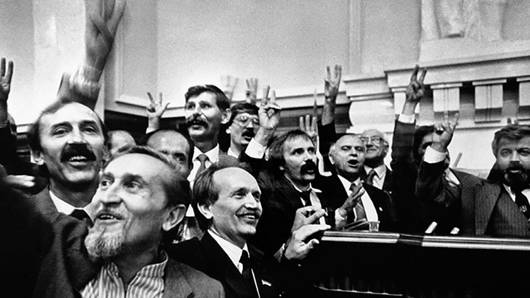Picasso's paintings and cups with majolica plates made with earthenware clay, Braque's graphics and patterned carpets coexisted harmoniously in the Parisian home of the "Amazon of the Avant-Garde". Ekster's work was similarly colorful and expressive, combining Ukrainian flavor with European innovations.
Ordinary Ukrainians frankly know very little about Oleksandra Ekster. This is not surprising, as the artist mostly worked abroad. Her works came to Ukraine only in 2008, when the NAMU organized a retrospective exhibition of 50 paintings. Despite this, Oleksandra Ekster is rightly considered the creator of Ukrainian identity.
On the Kyiv hills
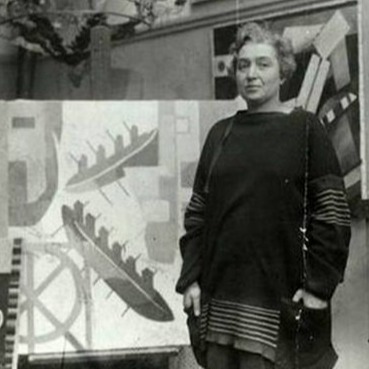
Whose cultural code was the Poland-born daughter of a Belarusian Jew and a Greek woman supposed to learn? Who knows! However, the question of self-identification for Oleksandra Ekster (Hryhorovych in her maiden name) was decided by fate. When she was still a child, her parents moved to Ukraine, first to Smila and then to Kyiv. The future artist would live here for 35 years.
The talented girl graduated from Saint Olha Gymnasium and Kyiv Art School. Together with the avant-garde artists Oleksandr Bohomazov and Oleksandr Arkhypenko, she studied under Mykola Pymonenko. By the way, Pymonenko himself was a principled realist. He was not fond of modern art. However, his students took over from their teacher a love of national color and the riot of colors inherent in folk art.
And then there was marriage and an apartment at 27 Fundukliivska Street (now B. Khmelnytskoho Street). Ms. Ekster's painting studio was in the attic, where future masters of painting Vadym Meller, Anatol Petrytskyi, and Pavlo Chelyshchev worked. In the Kyiv apartment, they talked about art and lived by art. But Ukraine at that time was a rather provincial environment. In search of new experiences, Oleksandra traveled to Western Europe.

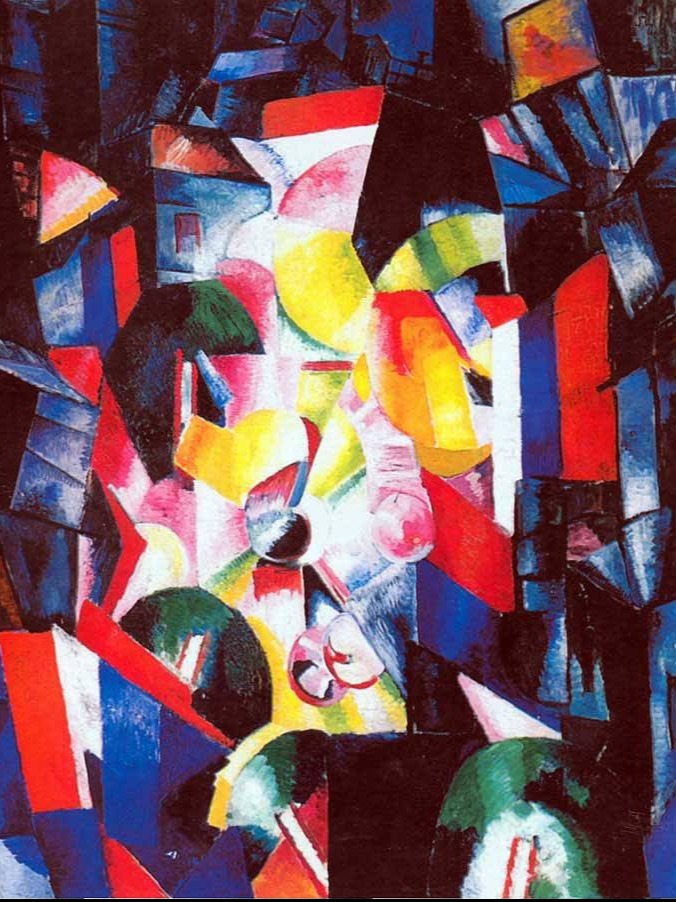
Sous le Ciel de Paris
In Paris, the artist met Guillaume Apollinaire, who was a supporter of innovation. Soon, the poet introduced Oleksandra Ekster to Picasso. The creative pursuits of European avant-garde artists helped the artist find her own style. She became fascinated by the ideas of cubism, which would radically affect all her future work.
Ekster adhered to the fundamentals of Cubism in almost everything except coloristics. She disagreed with the secondary role of colors. Instead of the canonical monochrome, the progressive painter offered non-figurative motifs, open colors borrowed from Ukrainian folk art. However, in her works you will not find imitation of motifs or plots of traditional folk art - its influence was at the level of worldview.
Researchers believe that it was Oleksandra Ekster who inspired Picasso to use a bright palette. After communicating with the Ukrainian woman, the founder of Cubism boldly used the entire range of colors, not avoiding contrasting combinations.
VIKI CITATION
Heorhii Kovalenko: "The canons of Ukrainian folk art, its color structures and compositional principles are the basis of Ekster's coloristics. Moreover, she used them consciously and programmatically: according to Ekster, the new painting was not an "international style" but a logical development of the national tradition in the art of earlier epochs."
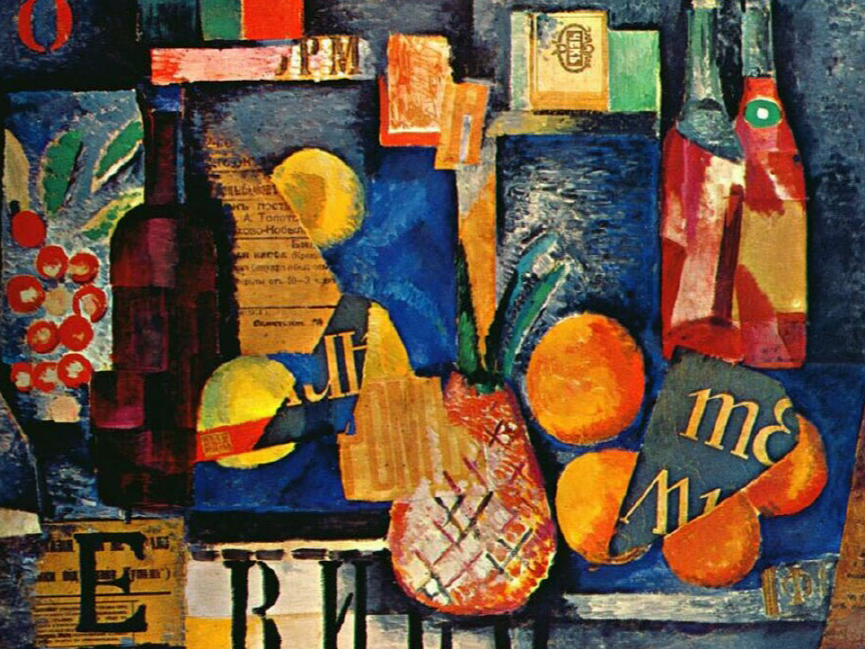
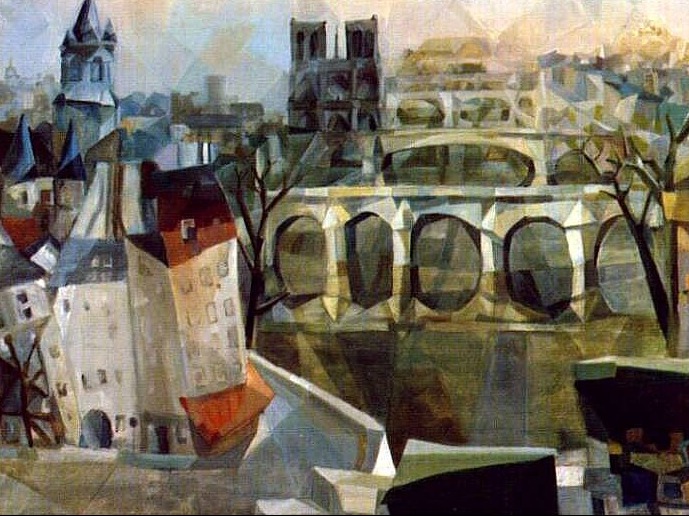
Before moving to Paris, the artist visited Ukraine for a while and took an active part in its artistic life. Ekster was a co-organizer of the contemporary art exhibitions Lanka (Link) and Kiltse (Ring). She headed artels producing Ukrainian embroidery. The ballet dancer Bronislava Nizhynska gave the artist the opportunity to design the performances she held in Kyiv and other cities.
However, Oleksandra finally left Ukraine because of the Soviet regime. When the Bolsheviks came to power, the artist was forced to move to Odesa, and from there to Paris (1924). Unfortunately, the talented woman never returned to Ukraine. The "country of soviets" no longer needed avant-garde searches.
A TRENDSETTER
Ekster, together with Sonia Delaunay, who was also inspired by the colors of Ukraine, is considered the founder of the Art Deco style. Among other things, this style is characterized by bright colors and ornamentation.
Reformer of scenic design
Oleksandra Ekster is also known for her bold ideas in scenic design. At that time, her vision of the theatre space went beyond the established views and traditions. For example, the Ukrainian suggested using complex multi-tiered structures on the entire stage, not just on the floor. She also changed the costumes and makeup of the actors to make them look like the scenery. Her stage outfits have always been characterized by rich colors and expressive lines. All this - makeup, clothes, scenery - was combined into a harmonious vision, a special dynamic picture. Moreover, Oleksandra understood the importance of light in the play, its ability to convey drama. It is not surprising that the artist was called the "Picasso of scenic design".
FACT
Ekster designed the stage action in a laconic, constructive, and mobile way. Later it was adopted in Europe and America.
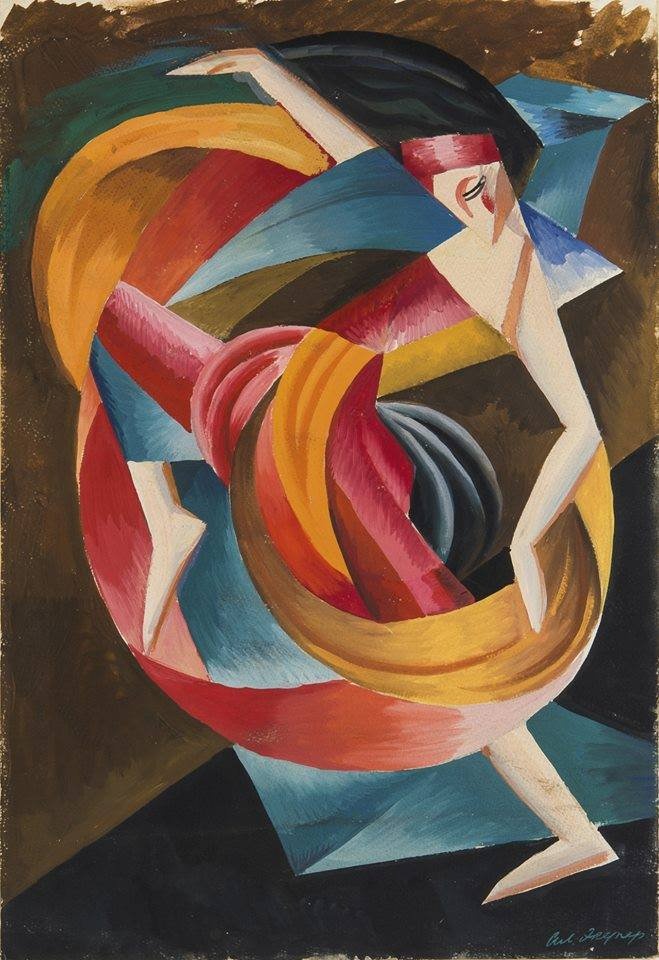
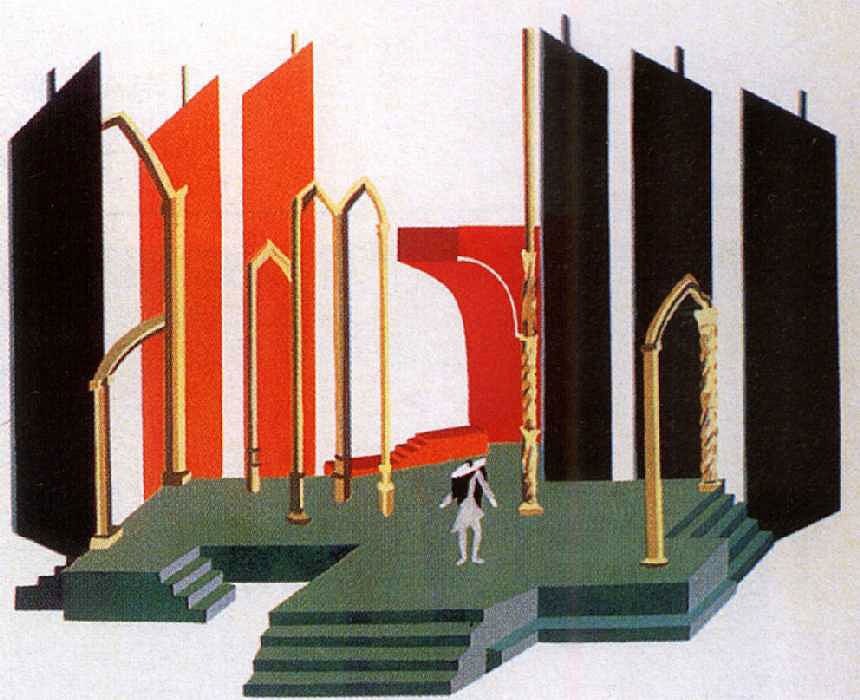
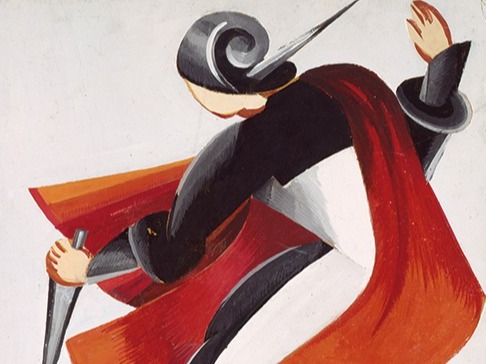
The greatest fame for Oleksandra Ekster came from her work with the director of the Chamber Theater Oleksandr Tairov from Poltava. She created the scenery for three of his performances - Famira Kifared (1916), Salome (1917), and Romeo and Juliet (1921) - which changed the world stage design.
Ups and downs
It was difficult to work abroad, as the talented artist was not always invited to large-scale projects. However, she never was idle: she sewed clothes, painted ceramic dishes, created puppets, and made her own books, Les Livres manuscripts, based on ancient manuscripts. Ms. Oleksandra did not know how to do anything badly, so everything she made was a work of art.
Ekster also taught at the Academy of Modern Art in Paris at the invitation of Fernand Leger. Her students recalled that she "teaches brilliantly, but is annoying because she often mentions Ukraine, which no one knows". But later the easy and successful times came to an end.
During the Second World War, the artist led a half-starved life. In 1947, her second husband died, and she died six months later. Her student, friend, and heir, Simon Lysym, had to do a lot to make sure that the incredible Ukrainian Oleksandra Ekster was remembered again.








